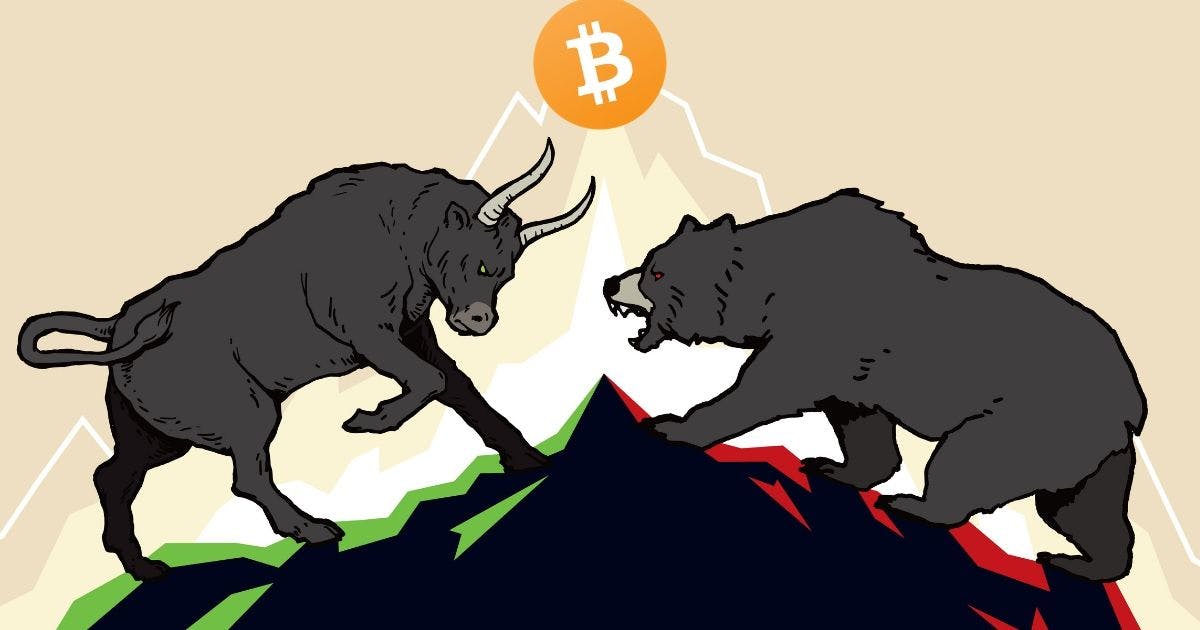
"Cryptocurrencies are a speculative mania." "Bitcoin is a bubble that will burst." "Crypto is a Ponzi scheme." These are common refrains heard in the bear market, not just from the average person with limited crypto knowledge or the media, but even from some respected voices in tech, economics, and computer science. Yet, one can't help but wonder: is there more to the story than these dismissive claims suggest?
It's 2023, and we find ourselves in another bear market, a time when articles like this gain relevance as the hype around cryptocurrencies diminishes. The media and skeptics seem to be working overtime to label crypto as a failed venture. Conversations about the future of cryptocurrency are on the rise, with some people genuinely curious, while others seem more interested in watching enthusiasts struggle to justify their faith in these digital currencies.
If you're among the latter group, just to be clear: I'm not writing this article to convert skeptics or to preach to the choir. This is an opinion piece, a portal into my thoughts on the subject. So, if you're looking for arguments to reinforce a negative stance on crypto, you might not find what you're looking for here. However, if you're open-minded and enjoy a good conversation about cryptocurrencies, then this article is definitely for you.
It’s going to be a short read, I hope you enjoy.
A Brief History of Cryptocurrency's Ups and Downs

I love to look back on how far we've come because it helps me see farther into what the future could potentially be. It reminds me of all the challenges we've overcome and the progress we've made. Therefore, before I talk about the future and my stance, let's go down memory lane together.
Since the release of Bitcoin's whitepaper in 2008 and the mining of the first Bitcoin in 2009, the journey has been tumultuous, marked by clampdown attempts, hacks, propaganda, and unending efforts to undermine this evolving innovation and its underlying technology.
In less than 15 years, we've witnessed about four major bear markets. The first was in 2011 when Bitcoin crashed from $32 to $0.01. Then in 2015, after reaching over $1,100 in 2013, it plummeted below $200. The 2018 'great crypto crash' saw Bitcoin fall from $20,000 to $3,200. And now, in 2023, we're in another downturn, with Bitcoin at around $37,000, down from its 2021 high of $68,000.
If you take a close look at these figures, you will notice the fluctuations show a pattern of growth. Each bear market, compared to the previous, indicates a rising baseline value. This suggests a growing adoption and confidence in cryptocurrency, not just as a monetary asset but as a community-driven innovation.
Notably, some of crypto’s harshest critics have become its biggest proponents. A case in point is Michael Saylor of Microstrategy, who in 2013 said he was critical of Bitcoin, comparing it to online gambling and suggesting that it was doomed. He tweeted, "Bitcoin days are numbered. It seems like just a matter of time before it suffers the same fate as online gambling". But now his perspective on Bitcoin and cryptocurrencies has drastically changed over the years, evolving from skepticism to becoming one of the biggest Bitcoin whales.
Many more people have stories like Michael Saylor's, showing us that we are truly early in.
The Future: My Bullish Stance.

I often say something simple but important: if people start valuing something as ordinary as a stone and use it in trade, it genuinely becomes valuable. This shows how much power belief and community hold—they can truly make or break anything.
When Bitcoin, the first cryptocurrency, began to be used for transactions, many dismissed it as mere fantasy. The whole concept seemed like a far-fetched dream of a few enthusiasts. But look where we are today! Cryptocurrencies have transcended their humble beginnings to become symbols of a financial revolution on a global scale.
My optimism about the future of cryptocurrency is strong, and it's not just about the technological innovation or the solutions it offers. It's largely about the community—the people who believe in what this technology represents and its immense potential.
It's essential to recognize that not everyone is involved in cryptocurrencies for the tech, the revolutionary aspect, or even the fundamental principles it's built on. And that's perfectly fine. The consistent thread through all this is the ever-growing number of believers in crypto. I could present numerous statistics to support this, but my intention here is not to write a detailed analysis, but rather to share a concise, heartfelt perspective.
My faith in cryptocurrency and its underlying technology, blockchain, is unshakable—solid like Bitcoin. This isn’t just a fleeting trend; it's the dawn of a financial revolution. I hope this piece has provided you with food for thought and a glimpse into the resilient spirit driving the crypto ecosystem.
Thank you for reading through my thoughts, I hope you found them engaging.
Looking forward to our next discussion tomorrow.